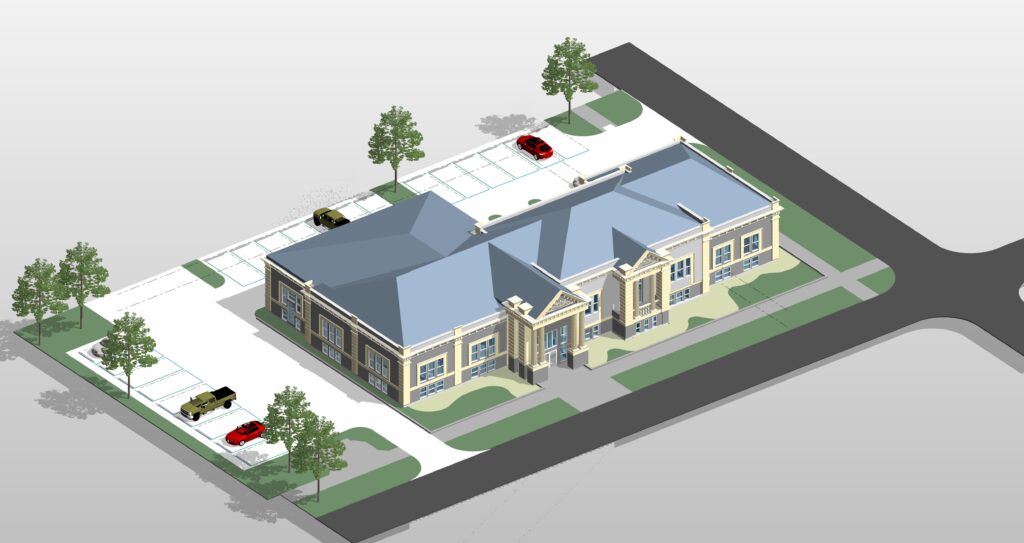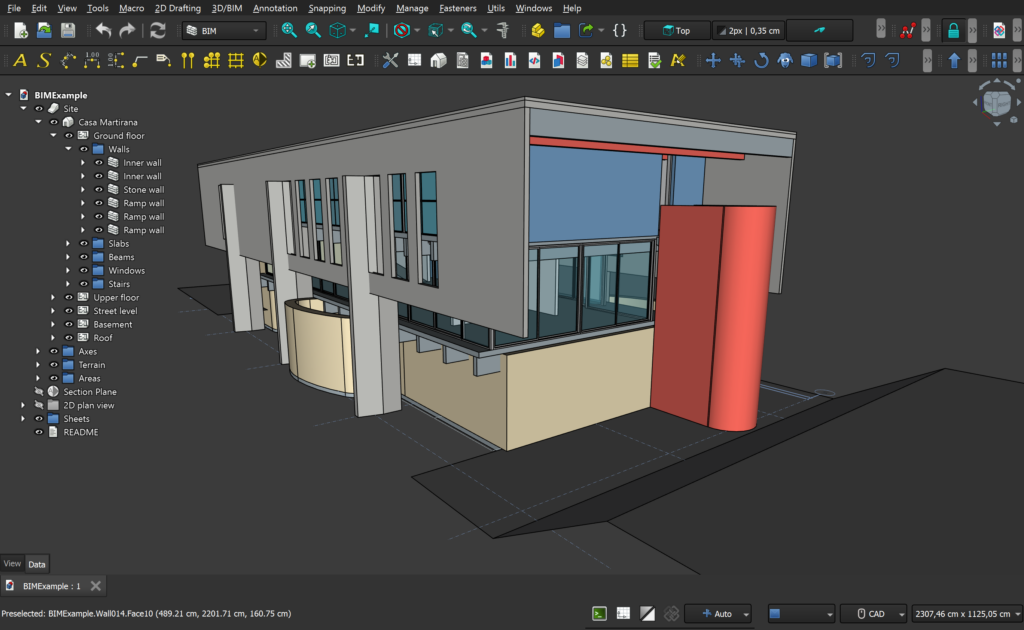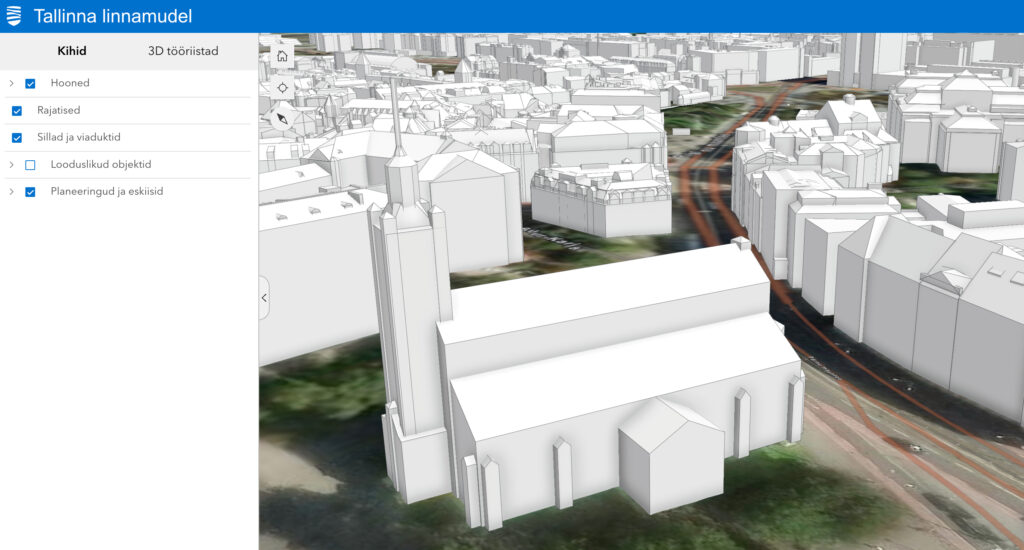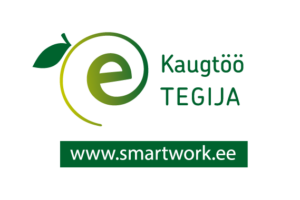The Wenture team visited the BAU 2025 trade fair to stay in tune with the latest BIM adoption in Europe and construction industry trends.
One message stood out loud and clear: BIM (Building Information Modeling) is no longer seen as innovation—it has become the new normal. As regulations grow stricter and technical standards become more unified, BIM is evolving into an essential part of every serious construction project. This shift in digital construction is putting pressure on the traditionally conservative industry to reassess old habits.
But what is the current state of BIM adoption in Europe, and where is it heading next?
BIM Adoption in Europe
BIM adoption in Europe is rapidly making it the gold standard in construction. Leading developers and contractors aim for full adoption by 2030.
The reason is clear: BIM helps streamline construction processes, keeps projects on schedule, and eliminates costly surprises—like misplaced pipes—before they happen.
Currently, many European countries have already implemented or plan to introduce BIM requirements in public procurement. The frontrunners in this transformation are the UK and the Nordic countries, with Sweden, Norway, and Denmark all developing their own national BIM standards.
-
- United Kingdom: In 2016, the UK mandated BIM Level 2 for all centrally procured public sector construction projects.
- Finland: Finland was indeed an early adopter of BIM. In 2007, Finland’s Senate Properties required IFC for new projects. This formed the base for advanced digital construction.
- Germany: Germany initiated its BIM adoption strategy in December 2015, with plans to make BIM mandatory for federal infrastructure projects by the end of 2020. However, full adoption has been gradual, and as of July 2022, the mandate was set to take effect in 2025 for federal trunk road projects.
- France: The French government launched “Plan BIM 2022” in January 2019 to accelerate BIM adoption across both public and private sectors.
- Sweden, Norway, and Denmark: These countries have developed comprehensive national BIM standards to ensure efficient planning and management of public projects throughout their lifecycle. For instance, Norway’s Statsbygg introduced an open BIM mandate in 2008.
How Is Estonia Implementing BIM?
In Estonia, BIM is no longer just a vision for the future—it’s becoming a key part of national strategy. According to “Construction Long-Term View 2035”, BIM will become the standard for public investments by 2035. The strategy outlines several priority areas:
- E-construction Action Plan – Aims to enable partial automated analysis of BIM data during permit procedures, reducing bureaucracy and speeding up processes.
- Building Register and E-construction Platform – Accept digital 3D models, making construction and occupancy permitting faster and more transparent.
- Digital Twins – Estonia’s next major leap is creating digital twins based on BIM models, reflecting the real-time condition of buildings and simplifying their management.
Estonia is shifting toward a future where BIM manages the entire building lifecycle, not just the design phase. With strong national initiatives pushing digitalization forward, the private sector has little choice but to keep up. As with all innovation—the sooner, the better.
EU Regulations Are Driving Member States Toward a Unified Approach
The future of BIM looks increasingly promising thanks to various cross-European Union efforts—ranging from the creation of harmonized standards to the setting of ambitious climate targets.
The EU is working to align international BIM standards. This helps avoid problems when companies from different countries use incompatible systems on shared projects. ISO 19650 governs the management of BIM projects and helps prevent data incompatibility. In the near future, we can expect designers, engineers, builders, and clients to work within unified data environments—where information is up-to-date and easily accessible.
The EU’s Green Deal gives strong momentum to BIM adoption, especially through its 2050 climate neutrality strategy. Buildings contribute significantly to Europe’s energy use and carbon emissions, which makes the construction sector crucial for achieving these targets. BIM technology allows for more precise analysis of energy consumption and carbon impact. It also supports the design of resource-efficient and sustainable solutions. Wider BIM adoption will be essential for meeting the EU’s climate goals.
Wenture’s Recommendation: How to Benefit from the Rise of BIM
Still relying on old-school drawings and Excel sheets? It’s time to upgrade. Here are a few practical tips from Kaur Tull on how construction companies can keep up with the digital age—and come out ahead.
🔹 Innovation Starts at the Top
If the CEO doesn’t have time to drive innovation, find someone within your team who does—someone curious, enthusiastic, and ready to champion digital transformation. With their leadership, you can also bring in the right partners to support the journey.
🔹 Start Small, Win Big
BIM doesn’t have to mean a full-blown revolution overnight. Start with a pilot project or digitize one specific process. Every step counts—and the earlier you start, the more you stand to gain.
🔹 Lay the Digital Foundation Early
Your digital foundation should be built during the design phase. A well-structured model will continue to serve you during facility management, maintenance, and even renovation.
🔹 Focus on Data Flows
A good BIM model is more than just a 3D visualization—it’s a powerful data hub. If your data doesn’t move or doesn’t match up, BIM won’t deliver. Prioritize data quality from the beginning.
🔹 Get Ready for What’s Next
BIM creates a solid digital base that enables the next generation of smart solutions. For example, Wenture’s web-based product configurator lets you quickly visualize and sell customized products. From that same data, you can also build a real-time digital twin to support building management, smarter decision-making, and extended asset life.
The future of construction is digital—start shaping it today.





